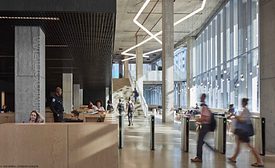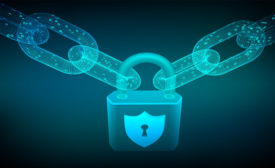Web Exclusive Stories
New England College of Optometry implements contact-tracing wearables to boost COVID-response and enable in-person learning
The New England College of Optometry (NECO) formed a COVID-19 Task Force and began exploring ideas to enable in-person learning at the school in a safe, effective and well-planned manner. One of the solutions that NECO implemented is a contact-tracing tool that allows the school to respond immediately to report of an infection, accurately and effectively, without relying on a sign-in sheet or a person’s recollection of their previous contacts.
April 13, 2021
Touchless access control solutions look to alter the landscape of higher education
New and innovative access control and secured entrance options take center stage on college campuses
April 13, 2021
Taking a DIY approach to cybersecurity is a dangerous proposition
Working with an MDR provider gives you the talent, tools and full coverage you need
April 8, 2021
Sign-up to receive top management & result-driven techniques in the industry.
Join over 20,000+ industry leaders who receive our premium content.
SIGN UP TODAY!Copyright ©2024. All Rights Reserved BNP Media.
Design, CMS, Hosting & Web Development :: ePublishing














